PSS lifts eastbound transpacific rates
 |
| Port of Hong Kong |
The Drewry Hong Kong-Los Angeles container rate benchmark, published in the latest Container Freight Rate Insight report, jumped 14% to US$2,524 per FEU this week, as the January peak season surcharge (PSS) took effect.
The $311 per FEU increase in the benchmark rate shows that Transpacific Stabilization Agreement (TSA) member carriers’ achieved around 50% of their intended $600 PSS price increase target.
“Cargo demand and carrier load factors have strengthened in the run up to Chinese New Year,” explained Martin Dixon, Drewry’s research manager for freight rate benchmarking. “The wild card remains the threat of strike action at US East Coast and Gulf Coast ports, which is also serving to strengthen rates.”
The latest price increase brought Drewry’s Hong Kong-Los Angeles container rate benchmark back to the same level it was at last October, but the index remains 12% off last year’s peak reached in August.
The transpacific has proved more resilient than the Asia-Europe trade to the overcapacity plaguing the industry.
Drewry’s Transpacific Eastbound Freight Rate Index, a weighted average of freight rates across multiple trades between Far East Asia and North America, climbed 8% in December compared with the previous month, to reach $3,357 per FEU. It now stands just 2% off last year’s high reached in September 2012.
However, given the increase in capacity on the trade compared with a year ago the stability in spot rates may not prove sustainable.
“The US East Coast and Gulf Coast strike threat notwithstanding, we expect spot rates to soften following Chinese New Year,” added Dixon.
“However, we caution that shippers should expect some increase in their 2012-13 contract rates on the eastbound transpacific, given the stronger state of the market compared to last year.”
Both the Drewry Hong Kong-Los Angeles container rate benchmark, tracked by Drewry since 2005, and the Transpacific Eastbound Freight Rate Index are published in the Container Freight Rate Insight along with rates covering over 600 trade routes around the world.
According to the Federal Maritime Commission, it is the most frequently used benchmark resource in index-linked contracts. < Korea Shipping Gazette >
많이 본 기사
- 신년특집 기획/ 새해 컨시장 기상도 유럽 상승 vs 북미 혼조새해새소망/ CMA-CGM코리아 장혜진 대리中 코스코, 벌크선 최대 18척 발주…선단확충 속도컨운임지수 넉달만에 2500선 넘어…6주 연속↑고려대 바다최고위 과정 제7기 3월 개설새해새소망/ 남성해운 일본영업팀 이충광 팀장새해새소망/ 한국해양진흥공사 김경태 과장새해새소망/ 동방선박 이종범 부장새해새소망/ 주성씨앤에어 김정상 부사장연안선박 현대화 이차보전사업 사업자 공모
- 페덱스, 페덱스프레이트 분리한다…“소량트럭화물 시장 선도할 것”케이씨티시, 대한민국해양연맹에 1억원 기부BDI 1015포인트…케이프·수프라막스선 하락세 이어져스위스 MSC, 내달 가동 신규서비스 선적예약 시작새해새소망/ 페어허브물류 장수진 본부장“K-조선 초격차 원년” 수출입은행, 선박금융에 12조 지원건강칼럼/ 급성기관지염, 자주 재발하면 천식으로 이어질까?새해새소망/ AIT월드와이드로지스틱스 최동철 상무로지스올컨설팅-니어솔루션, 물류자동화 사업 손잡는다새해새소망/ 한국해양수산개발원 김민수 본부장





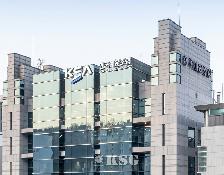
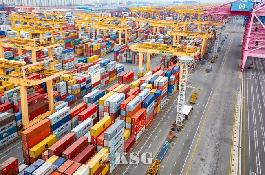

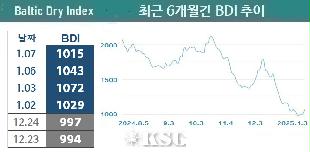
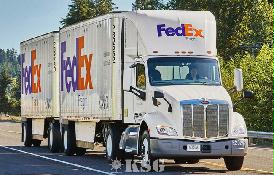





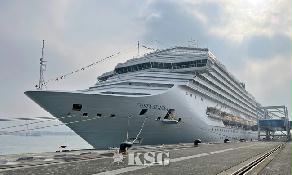

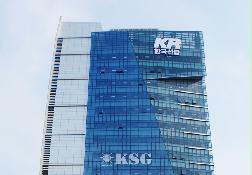
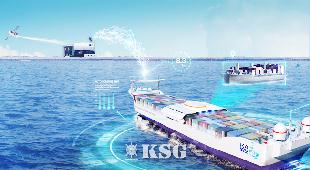




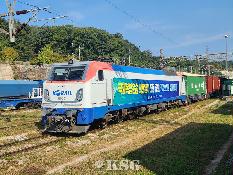




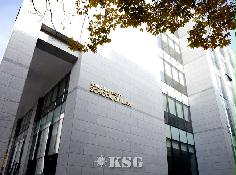
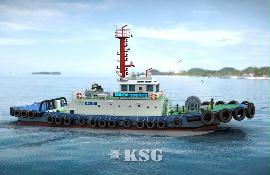


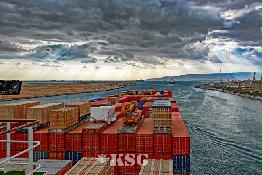








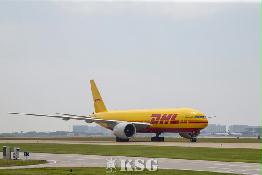
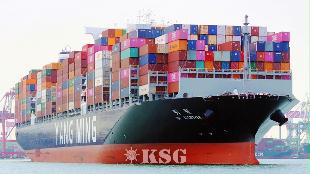
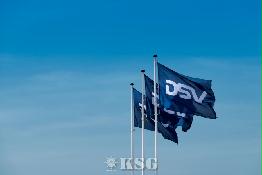
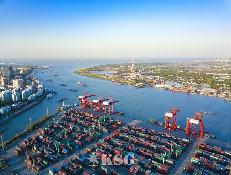























0/250
확인